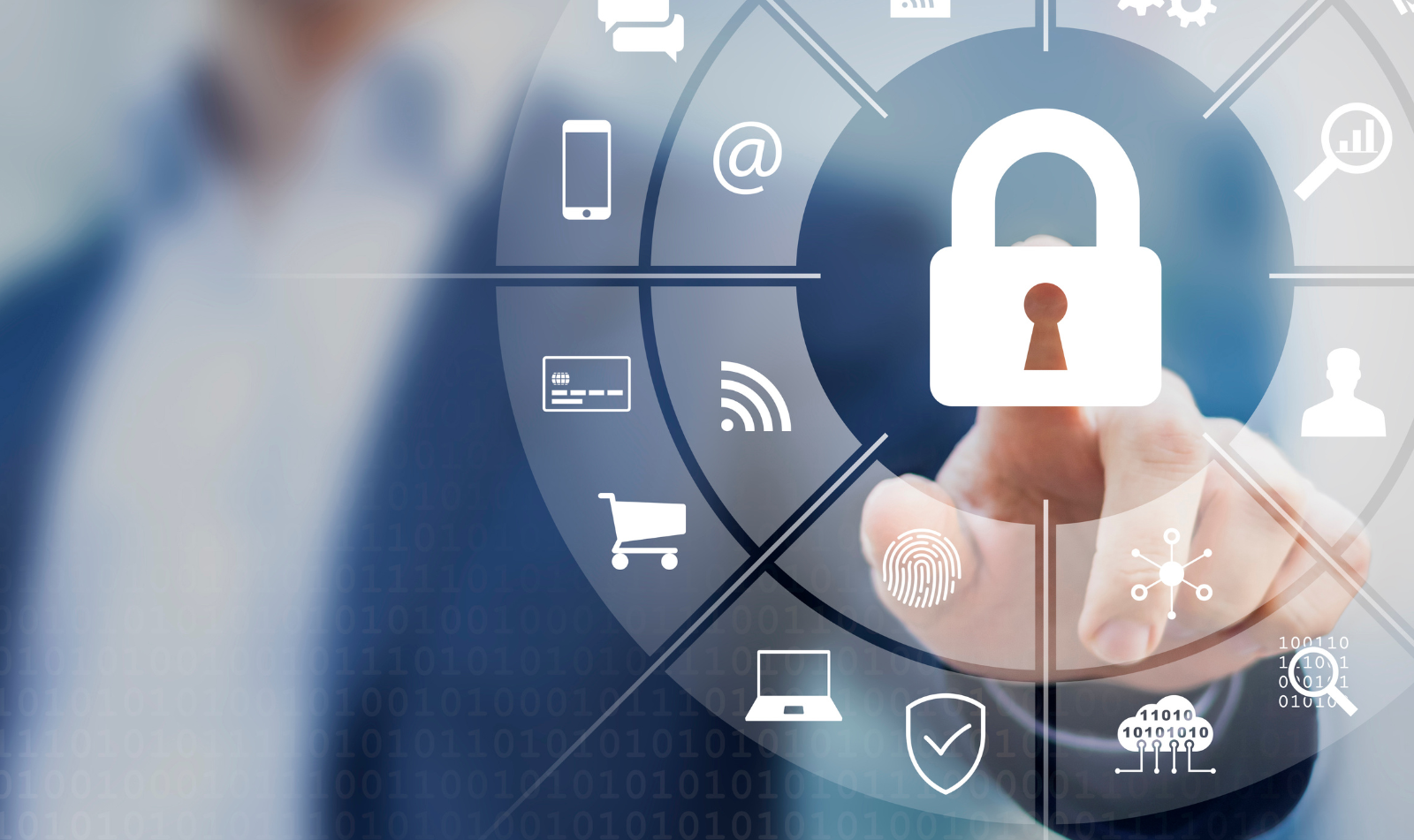Introduction:
In today's interconnected world, where data is a valuable commodity, protecting confidential information has become more critical than ever. Cybersecurity and data privacy are paramount concerns for individuals and organizations alike. This article explores the significance of safeguarding sensitive data in the digital age and provides practical tips and insights to help protect against cyber threats and maintain data privacy.
1. Understanding Cybersecurity and Data Privacy:
- Define cybersecurity and data privacy, emphasizing their importance in safeguarding sensitive information.
- Explain the potential risks and consequences of data breaches and unauthorized access to personal or corporate data.
2. Assessing Vulnerabilities and Risks:
- Discuss common cybersecurity threats, such as malware, phishing attacks, and social engineering, and how they exploit vulnerabilities.
- Highlight the importance of conducting risk assessments to identify vulnerabilities and potential entry points for cyber threats.
3. Implementing Strong Security Measures:
- Emphasize the importance of using strong passwords and enabling multi-factor authentication for online accounts.
- Discuss the significance of keeping software and operating systems up to date to prevent exploitation of known vulnerabilities.
- Encourage the use of encryption technologies to secure data both in transit and at rest.
4. Educating Employees and Individuals:
- Stress the role of education and training in promoting cybersecurity awareness.
- Provide tips for identifying and avoiding common social engineering tactics, such as phishing emails and fraudulent websites.
- Encourage individuals to exercise caution when sharing personal information online and using public Wi-Fi networks.
5. Securing Networks and Systems:
- Discuss the significance of implementing firewalls, intrusion detection systems, and secure network configurations to protect against unauthorized access.
- Highlight the importance of regular system monitoring, vulnerability scanning, and penetration testing to identify and address potential security weaknesses.
6. Incident Response and Data Breach Management:
- Provide guidance on creating an incident response plan to effectively handle and mitigate the impact of data breaches or security incidents.
- Discuss the importance of promptly notifying affected individuals and regulatory authorities in the event of a data breach.
7. Partnering with Cybersecurity Professionals:
- Highlight the benefits of working with cybersecurity experts and consultants to assess vulnerabilities, develop robust security strategies, and respond to incidents effectively.
- Encourage individuals and organizations to seek professional guidance to stay updated on the evolving cybersecurity landscape and emerging threats.
Conclusion:
In an era where data breaches and cyber threats are on the rise, prioritizing cybersecurity and data privacy is crucial. By understanding the risks, implementing strong security measures, educating employees and individuals, and staying informed about data privacy regulations, individuals and organizations can protect confidential information in the digital age. Remember, cybersecurity is an ongoing effort, and vigilance is key to maintaining data privacy and safeguarding against emerging threats.
Note:
This article provides general information and is not a substitute for professional advice. It is recommended to consult with cybersecurity and legal professionals for tailored guidance based on specific needs and requirements.

